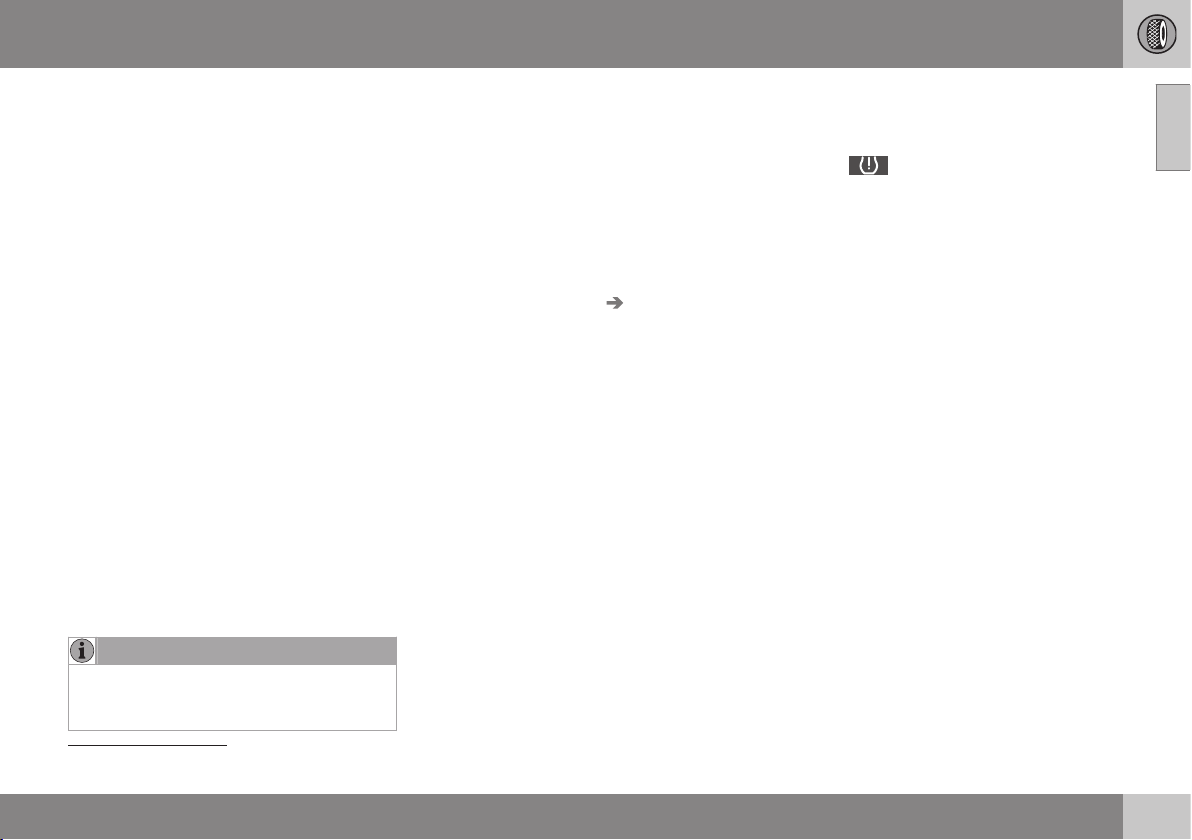Loading ...
Loading ...
Loading ...

09 Wheels and tires
09
}}
305
Snow tires/studded tires
4
Owners who live in or regularly commute
through areas with sustained periods of snow
or icy driving conditions are strongly advised
to fit suitable winter tires to help retain the
highest degree of traction.
Tires for winter use:
•
It is important to install winter tires on all
four wheels to help retain traction during
cornering, braking, and accelerating. Fail-
ure to do so could reduce traction to an
unsafe level or adversely affect handling.
•
Do not mix tires of different design as this
could also negatively affect overall tire
road grip.
•
Winter tires wear more quickly on dry
roads in warm weather. They should be
removed when the winter driving season
has ended.
•
Studded tires should be run-in 300 –
600 miles (500 – 1000 km) during which
the vehicle should be driven as smoothly
as possible to give the studs the opportu-
nity to seat properly in the tires. The tires
should have the same rotational direction
throughout their entire lifetime.
NOTE
Please consult state or provincial regula-
tions restricting the use of studded winter
tires before installing such tires.
Tire pressure monitoring -
introduction
Volvo provides two different systems to moni-
tor tire pressure: Tire Pressure Monitoring
System (TPMS) or Tire Monitor.
Determining which tire monitoring
system is in your vehicle
To see which system is installed in your vehi-
cle, press the MY CAR button on the center
console. Go to
Settings Car settings.
•
If your vehicle has a menu called
Tire
monitoring, see Tire Monitor - introduc-
tion (p. 310).
•
If your vehicle has a menu called
Tire
pressure, see Tire Pressure Monitoring
System (TPMS) – general information
(p. 306).
Introduction
Each tire, including the spare (if provided),
should be checked monthly when cold and
inflated to the inflation pressure recom-
mended by the vehicle manufacturer on the
vehicle placard or tire inflation pressure label.
(If your vehicle has tires of a different size
than the size indicated on the vehicle placard
or tire inflation pressure label, you should
determine the proper tire inflation pressure for
those tires.)
As an added safety feature, your vehicle has
been equipped with a tire pressure monitor-
ing system that illuminates a low tire pressure
telltale (
) when one or more of your tires
is significantly under-inflated. Accordingly,
when the low tire pressure telltale illuminates,
you should stop and check your tires as soon
as possible, and inflate them to the proper
pressure.
Driving on a significantly under-inflated tire
causes the tire to overheat and can lead to
tire failure. Under-inflation also reduces fuel
efficiency and tire tread life, and may affect
the vehicle's handling and stopping ability.
Please note that a tire pressure monitoring
system is not a substitute for proper tire
maintenance, and it is the driver's responsi-
bility to maintain correct tire pressure, even if
under-inflation has not reached the level to
trigger illumination of the system's low tire
pressure telltale.
Your vehicle has also been equipped with a
TPMS malfunction indicator to indicate when
the system is not operating properly. The
monitoring system's malfunction indicator is
combined with the low tire pressure telltale.
When the system detects a malfunction, the
telltale will flash for approximately one minute
and then remain continuously illuminated.
This sequence will continue upon subsequent
vehicle start-ups as long as the malfunction
4
Where permitted
Loading ...
Loading ...
Loading ...